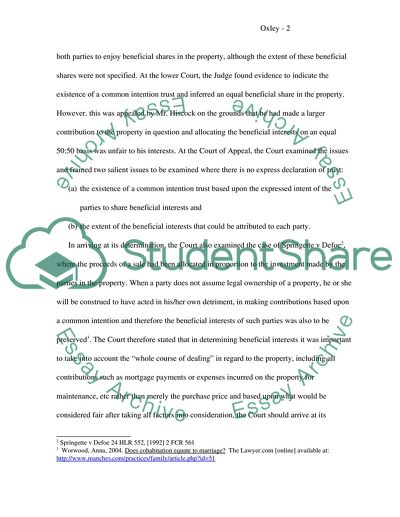Cite this document
(“A Common Intention Trust in the Case Oxley vs Hiscock Study”, n.d.)
A Common Intention Trust in the Case Oxley vs Hiscock Study. Retrieved from https://studentshare.org/law/1536260-this-is-a-equity-and-trust-law-essay-question-is-oxley-v-hiscock-a-good-development-in-the-area-of-common-intention-trusts
A Common Intention Trust in the Case Oxley vs Hiscock Study. Retrieved from https://studentshare.org/law/1536260-this-is-a-equity-and-trust-law-essay-question-is-oxley-v-hiscock-a-good-development-in-the-area-of-common-intention-trusts
(A Common Intention Trust in the Case Oxley Vs Hiscock Study)
A Common Intention Trust in the Case Oxley Vs Hiscock Study. https://studentshare.org/law/1536260-this-is-a-equity-and-trust-law-essay-question-is-oxley-v-hiscock-a-good-development-in-the-area-of-common-intention-trusts.
A Common Intention Trust in the Case Oxley Vs Hiscock Study. https://studentshare.org/law/1536260-this-is-a-equity-and-trust-law-essay-question-is-oxley-v-hiscock-a-good-development-in-the-area-of-common-intention-trusts.
“A Common Intention Trust in the Case Oxley Vs Hiscock Study”, n.d. https://studentshare.org/law/1536260-this-is-a-equity-and-trust-law-essay-question-is-oxley-v-hiscock-a-good-development-in-the-area-of-common-intention-trusts.


